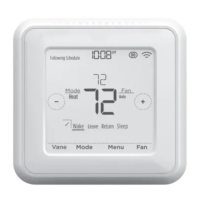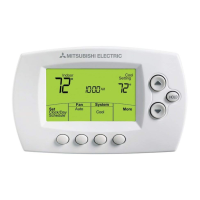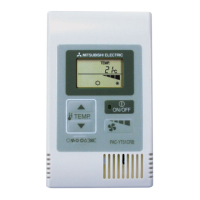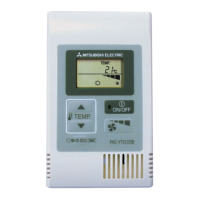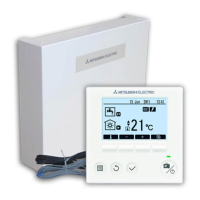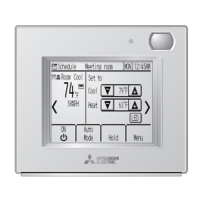Chapter 9
147
Logic programming – Function blocks
Input 8 Input 7 Input 6 Input 5 Input 4 Input 3 Input 2 Input 1
Output
C
Output
B
Output
A
Fault
present
0 0 0 0 0 0 0 0 0 0 0 1
0 0 0 0 0 0 0 1 0 0 0 0
0 0 0 0 0 0 1 x 0 0 1 0
0 0 0 0 0 1 x x 0 1 0 0
0 0 0 0 1 x x x 0 1 1 0
0 0 0 1 x x x x 1 0 0 0
0 0 1 x x x x x 1 0 1 0
0 1 x x x x x x 1 1 0 0
1 x x x x x x x 1 1 1 0
Table 48:
Truth table for the Binary encoder function block with 8 inputs in Priority mode
Input 2 Input 1 Output A
Fault
present
0 0 0 1
x 1 0 0
1 0 1 0
Input 8 Input 7 Input 6 Input 5 Input 4 Input 3 Input 2 Input 1
Output
C
Output
B
Output
A
Fault
present
0 0 0 0 0 0 0 0 0 0 0 1
x x x x x x x 1 0 0 0 0
0 0 0 0 0 0 1 0 0 0 1 0
0 0 0 0 0 1 x 0 0 1 0 0
0 0 0 0 1 x x 0 0 1 1 0
0 0 0 1 x x x 0 1 0 0 0
0 0 1 x x x x 0 1 0 1 0
0 1 x x x x x 0 1 1 0 0
1 x x x x x x 0 1 1 1 0
Table 50:
Truth table for the Binary encoder function block with 8 inputs in Priority mode with dominant input 1
Evaluate Fault present if the Binary encoder function block is used for safety
purposes!
If you use the Binary encoder function block for safety relevant logic, you may have to
evaluate the Fault present output depending on your application. This is the only way
to distinguish whether only input 1 is High or if an invalid input state exists. In both
cases, all outputs will be Low.
Table 49:
Truth table for the Binary
encoder function block with
2 inputs in Priority mode
with dominant input 1
ATTENTION
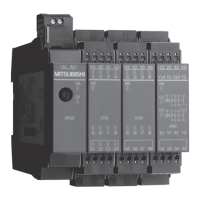
